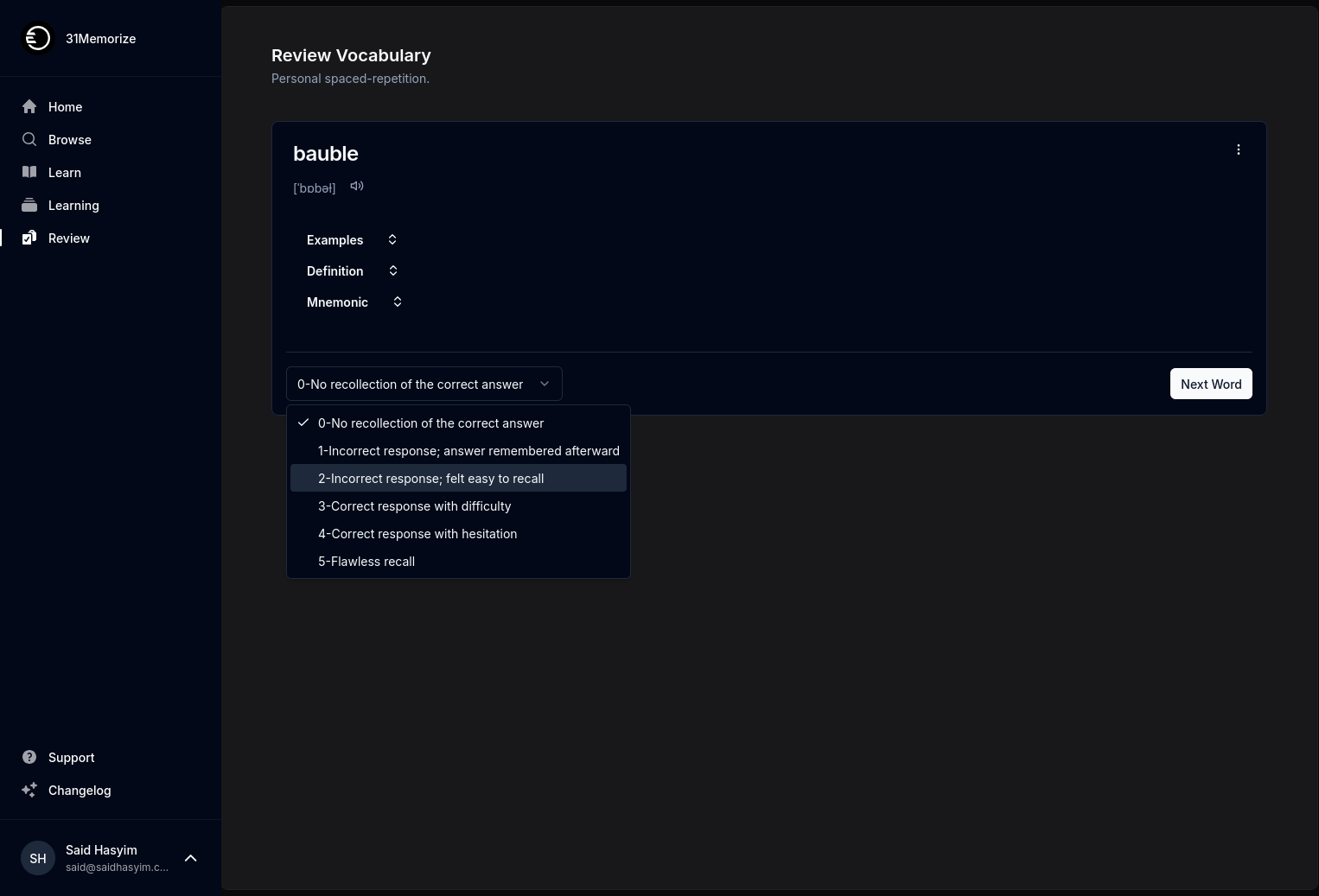Engaging Your Readers Through Rating Discussions
In an age of information overload, where countless articles compete for a fleeting glimpse of attention, it has become essential for content creators to find innovative ways to engage their readers. One of the most effective strategies to achieve genuine engagement is through rating discussions. This blog post will explore what rating discussions are, why they matter for reader engagement, and how to effectively incorporate them into your content.
What Are Rating Discussions?
Rating discussions are interactive dialogues that invite readers to evaluate the content they've consumed, be it a product review, a movie critique, or even a blog post itself. By encouraging readers to express their opinions—whether through star ratings, thumbs up/down, or numeric scores—content creators can foster an open forum for discussion that goes beyond mere passive consumption.
Examples of Rating Discussions
Books and Movies: After reading a book or watching a film, requesting readers to rate their experience can motivate them to share their thoughts on various aspects, including plot, characters, and pacing.
Products and Services: Many online retailers and service providers allow customer ratings and reviews, catalyzing conversations around the pros and cons of specific products.
Blog Posts and Articles: By allowing readers to rate the usefulness, clarity, and entertainment value of your writing, you can gather feedback and foster a sense of community.
Why Do Rating Discussions Matter?
1. Enriched Engagement
Rating discussions provide an avenue for deeper interaction between the content creator and the audience. When readers have the opportunity to rate their experience, they're more likely to invest emotionally, feeling as though their opinions matter. This connection fosters loyalty and invites ongoing dialogue.
2. Valuable Feedback
Feedback is the lifeblood of growth. Rating systems allow readers to communicate their preferences, which can be invaluable for content creators looking to improve their craft. Understanding what resonates with your audience can guide your future topics and help to refine your style.
3. Community Building
When readers submit their ratings and engage in discussions, they're not just interacting with the content; they're also interacting with each other. These conversations can lead to community building, where readers feel a sense of belonging and value the input of others. The exchange of thoughts and experiences fosters a vibrant community that revisits the content.
4. Enhanced Visibility
High engagement rates can improve the visibility of your content. Platforms often favor posts that have active discussions; therefore, encouraging rating discussions could potentially enhance discoverability and attract a larger audience.
How to Incorporate Rating Discussions
1. Choose the Right Rating System
Select a simple and intuitive rating system suitable for your content. Popular options include:
Star Ratings: Allow readers to rate from one to five stars, providing a quick visual representation of their opinion.
Thumbs Up/Down: This binary system is easy to understand and encourages quick interaction.
Numeric Scale: A scale from 1 to 10 gives readers a more nuanced way to express their feelings.
2. Encourage Discussion
After prompting readers to rate your content, invite them to elaborate on their rating. Phrases like "What did you like most about this post?" or "What would you change?" can open the door for thoughtful conversation. Consider using a dedicated section at the end of your post or creating a comment thread for ratings.
3. Respond and Engage
Once readers start participating, make an effort to engage with their responses. Thank them for their feedback, ask follow-up questions, and join in the discussion. This not only shows appreciation but also encourages others to join in.
4. Use Polls and Surveys
If applicable, utilize polls or surveys to accompany your content. These tools can provide an easy way for readers to share their thoughts and ratings and can collect valuable data for future analysis.
5. Feature Reader Ratings
Highlight reader ratings and comments in subsequent posts. This not only personalizes your content but also demonstrates that you value your readers' inputs. Feature their insights or ratings in a future blog post to acknowledge and celebrate community participation.
Best Practices for Rating Discussions
1. Keep It Simple
The easier it is for readers to rate and discuss, the more likely they will engage. Avoid long forms or complex rating mechanisms that may deter interaction.
2. Foster a Positive Environment
Encourage respectful dialogue by moderating discussions. Set clear guidelines on what is acceptable behavior and foster an environment where diverse opinions can coexist.
3. Promote Transparency
Be transparent about how ratings will influence your content or future discussions. If you plan to consider reader feedback seriously, let them know.
4. Integrate with Social Media
Leverage social media platforms to promote your rating discussions. Share interesting insights or ratings on your social followers, prompting them to engage with your content.
Conclusion
Engaging readers through rating discussions is a powerful way to enhance interaction, gather valuable feedback, and foster community within your content. By creating a space for readers to express their opinions and evaluate their experiences, you build a lasting relationship with your audience. The essence of writing is not just sharing information but creating a dialogue, and rating discussions offer an ideal avenue to ignite that conversation. So why not start today? Structure your next piece with interactive elements and witness how your readers respond. Happy writing!
